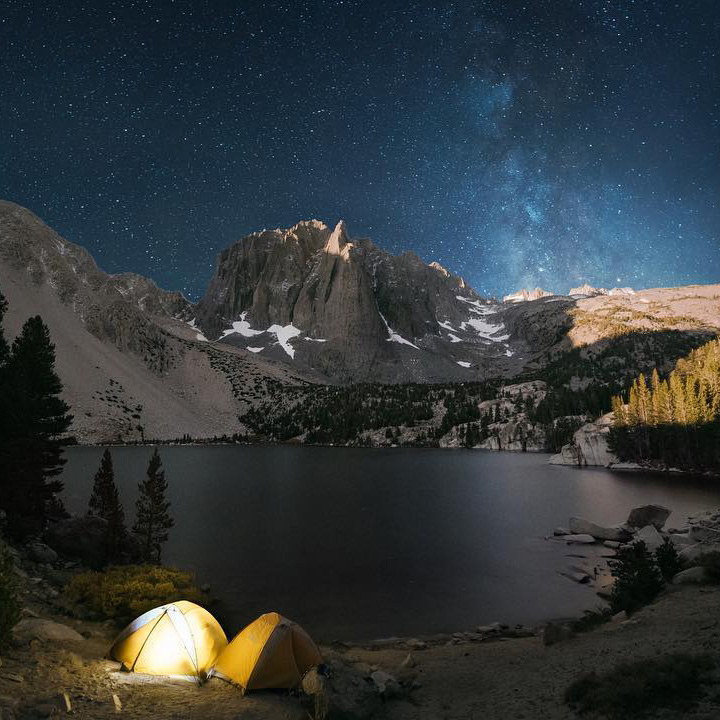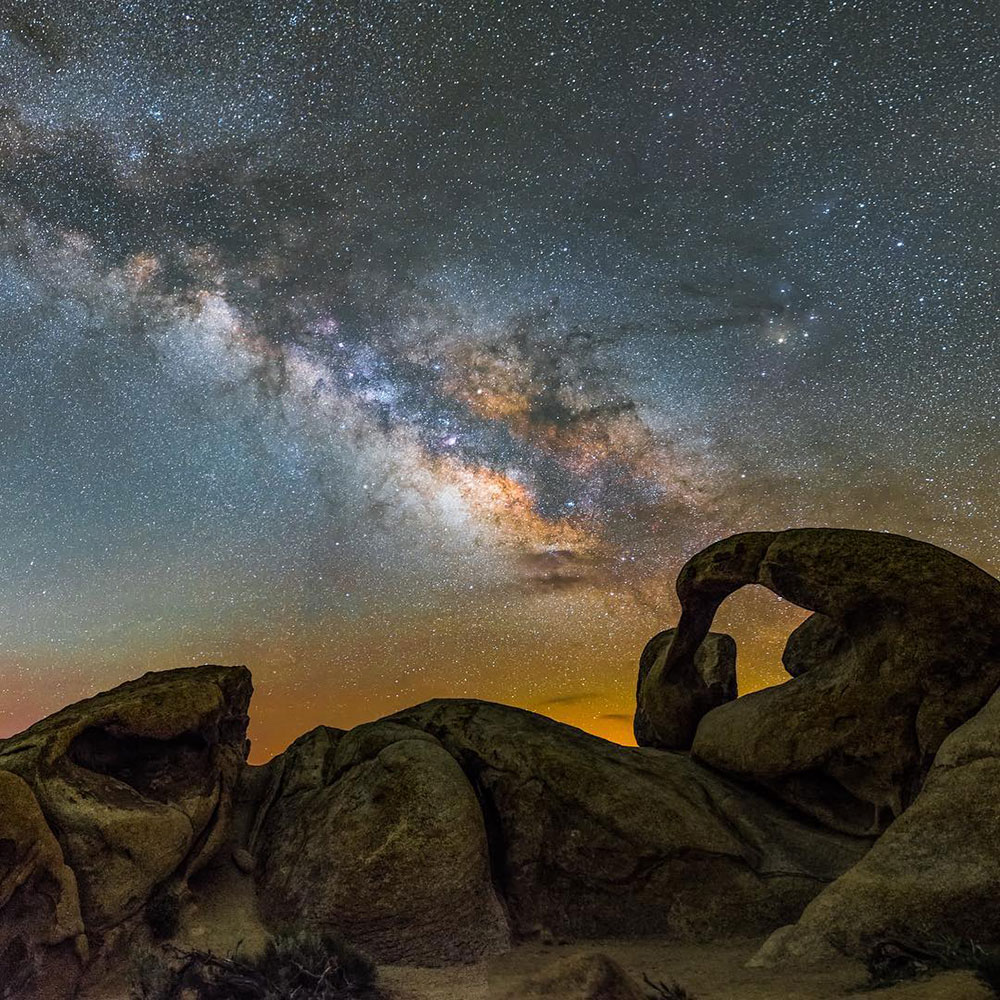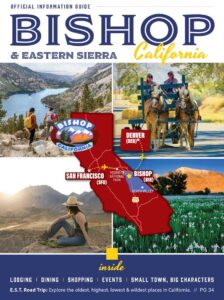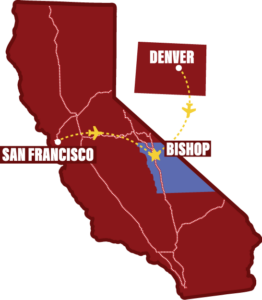Discover a Stellar Experience in the Eastern Sierra
Escape the city lights and rediscover the awe-inspiring beauty of the night sky in the Eastern Sierra. In a world where light pollution obscures the night sky for most of humanity, this beautiful region offers a rare opportunity for stargazing. Visitors to our area tell us that they are awestruck by the abundance of stars and clarity of the Milky Way. Imagine a night sky so vibrant, so densely packed with stars, that it evokes the same wonder that captivated Galileo who, in 1610, discovered that the Milky Way was made up of stars.
What sets this region apart is its exceptional combination of dark skies and breathtaking natural landscapes. Nestled between the towering Sierra Nevada and the White and Inyo Mountains, the Eastern Sierra is a sanctuary for astronomical enthusiasts, nature lovers, and photographers alike.
Its high desert climate, with a remarkable 92% chance of clear skies, thanks to the rain shadow cast by the Sierra Nevada, and minimal light pollution, courtesy of the area’s low population and distance from major urban centers, create ideal viewing conditions. The clarity of the air allows for unparalleled views of constellations, planets, meteor showers, and even distant galaxies.
This is the magic of Bishop and our big backyard.
Expand your Universe
Beyond simply gazing at the stars, visitors can delve deeper into the science of astronomy at the Owens Valley Radio Observatory (OVRO), a world-class radio telescope facility operated by Caltech. Explore the impressive array of “Big Ears” and learn about the groundbreaking research conducted there, connecting your stargazing experience to the broader universe.
Planning your celestial adventure is key. While stargazing is a year-round activity, coordinating your visit with the new moon phase maximizes the darkness and enhances visibility. Summer months offer comfortable temperatures, ideal for family outings, while the crisp, clear air of winter provides exceptional transparency and longer nights. The Milky Way’s visibility peaks between February and October, arcing high overhead in mid-summer.
Exploring the night sky is accessible to everyone. While sophisticated equipment can enhance the experience, it’s not essential. A simple smartphone with a stargazing app can be a valuable tool for identifying constellations and celestial objects. For those seeking a more immersive experience, telescopes and photography equipment can capture the beauty of the cosmos in greater detail. Remember to pack a traditional star chart as cell service can be spotty in some areas.
The Eastern Sierra offers more than just a glimpse of the stars; it provides an opportunity to reconnect with the natural world and rediscover a sense of wonder. It’s a chance to share the magic of the cosmos with family and friends, igniting a passion for astronomy and fostering an appreciation for the universe we inhabit. Plan your trip to the Eastern Sierra, and prepare to be amazed by the celestial spectacle that awaits you.





